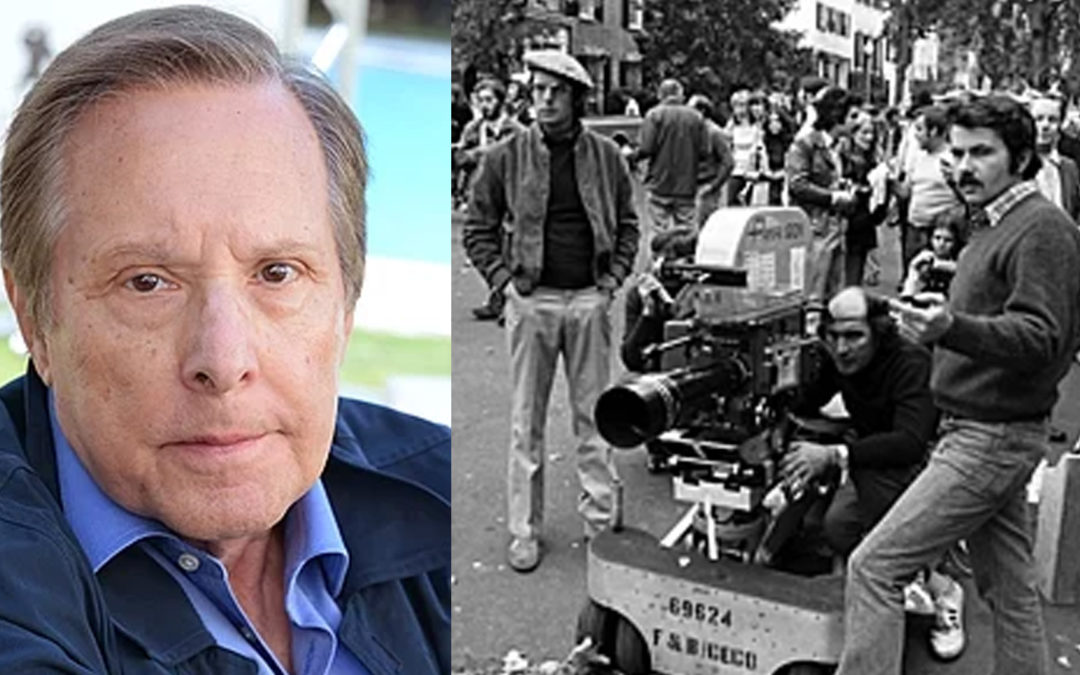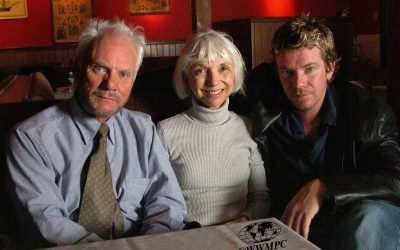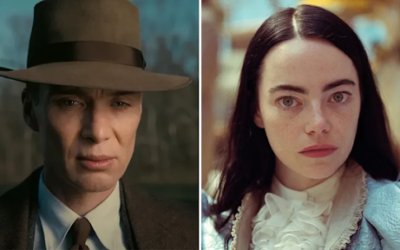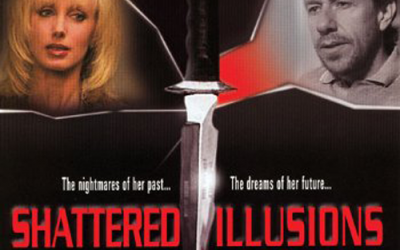Source: Wikipedia
The New Hollywood movement of the 1970s saw the rise of many up-and-coming filmmakers who are nowadays regarded as some of the most influential in the history of cinema. Some of these filmmakers, like Martin Scorsese and Steven Spielberg, have continuously released one new film after another and maintained strong reputations as the most revered directors in all of Hollywood. Others, while finding a good amount of prosperity during the height of the New Hollywood era, were not quite as able to stay relevant in later years. This is not to say that their work isn’t deserving of praise – in fact, many of the films that such filmmakers make well after the peak of their popularity are often thought of as underrated and have received strong cult followings – but with some exceptions, few of these films are able to elevate their creators to the same status of fame and admiration that they achieved with their earlier creations from at least a few decades prior. William Friedkin, who passed away on August 7th, 2023, is arguably one such filmmaker who reached the height of his success during the New Hollywood period but found it difficult to maintain this success in the following years. His most famous films came into being in the early half of the 1970s, whereas most of his future cinematic endeavors were unable to reach the same degree of critical and commercial appreciation. Still, with the director’s recent passing, there’s no better time to look at his career as a whole, and perhaps even shed light on some of his works that maybe deserve more favorable recognition than they get.
Born on August 29th, 1935 in the city of Chicago Illinois, Friedkin, the son of Ukrainian Jewish immigrants, developed a fascination with the medium of cinema during his teenage years, being especially inspired by such films as Orson Welles’ “Citizen Kane” and Alfred Hitchcock’s “Psycho”, which he would allegedly view multiple times throughout his later youth. It was actually through Hitchcock that Friedkin would take his first steps towards a directorial career, helming one of the last episodes of “The Alfred Hitchcock Hour” before moving to Hollywood and beginning work on his first feature films. These included “Good Times”, a 1967 comedy musical western starring Sonny and Cher (a film that Friedkin himself later admitted was “unwatchable”); “The Birthday Party”, a 1968 neo-noir drama starring Robert Shaw; and “The Boys in the Band”, a 1970 drama based on the play of the same name by Mart Crowley.
It would not be until 1971 that Friedkin finally received the universal acclaim that so many filmmakers seek to achieve with “The French Connection”, a neo-noir action thriller starring Gene Hackman. Friedkin’s decision to shoot the film in a manner reminiscent of gritty documentaries instead of the usual clean-cut Hollywood productions caught the attention and appreciation of critics and audiences across the nation, with a scene in which Hackman’s character, Detective Jimmy “Popeye” Doyle, chases after an elevated train still being cited as one of the greatest chase sequences ever put to film. Even at the time, it helped cement the film as an instant modern classic, and at the 44th Academy Awards, not only did the film receive five Academy Awards (including Best Picture), but Friedkin himself was awarded with a Best Director prize as well.
One would think that topping such an astonishing feat would be impossible, yet it was just two years later that Friedkin would quite possibly do just that with his next feature, the 1973 horror classic “The Exorcist”. Based on the bestselling novel by William Peter Blatty, the film reached a degree of commercial success that’s still relatively unheard of for most works of horror (when adjusted for inflation, the film ranks as one of the ten highest-grossing releases of all time), and its critical reception was no less positive, with Friedkin’s direction being just one of the elements that those who saw the film were quick to commend. In fact, it was for this film that Friedkin received his second Academy Award nomination for Best Director, one of ten nominations “The Exorcist” received overall (ultimately winning two for Best Screenplay – Based on Material from Another Medium and Best Sound).
If one had asked Friedkin himself what he considered to be his best work though, his answer would be the film he released four years after “The Exorcist”, that being his 1977 film “Sorcerer”, a thriller based on the 1953 French film “The Wages of Fear”. Unfortunately, most critics and audiences at the time overwhelmingly disagreed with Friedkin’s assessment of his feature, as the film failed critically and financially (the latter being largely the result of coming out around the time that George Lucas’ “Star Wars” became one of the biggest pop culture phenomenons of all time), much to the director’s devastation. His follow-up crime comedy “The Brink Job”, first released in 1978, also failed to leave much of an impact, and as Friedkin entered the 1980s, his fortunes sadly seemed to further dwindle.
Friedkin’s 1980 crime thriller “Cruising”, starring Al Pacino, proved polarizing among critics and audiences, and like his previous features, also underperformed at the box office, as did his 1983 comedy “Deal of the Century”, which received even worse reviews from critics. However, Friedkin was able to achieve a minor comeback with his 1985 film “To Live and Die in L.A.”; not only was the film a moderate success at the box office and the recipient of mostly warm reception from critics (with many making favorable comparisons to “The French Connection”), but many of its stars, including Willem Defoe and John Turturro, would go on to become prominent figures of the film industry in the following years.
The last few decades of Friedkin’s life and career saw similarly hit and miss results, though none came anywhere near the immense commercial success of his earliest cinematic creations. Some, like 1990’s “The Guardian”, failed to impress critics, while others, such as 2011’s “Killer Joe”, were able to fare a bit better with critics. His final feature, “The Caine Mutiny Court-Martial”, is set to premiere at the 80th Venice International Film Festival in September. How kind reactions will be to Friedkin’s last cinematic endeavor is not yet known, but hopefully it will be a satisfactory conclusion to a career that may not have seen continuous success, but nonetheless left a significant cultural impact when success was achieved.




